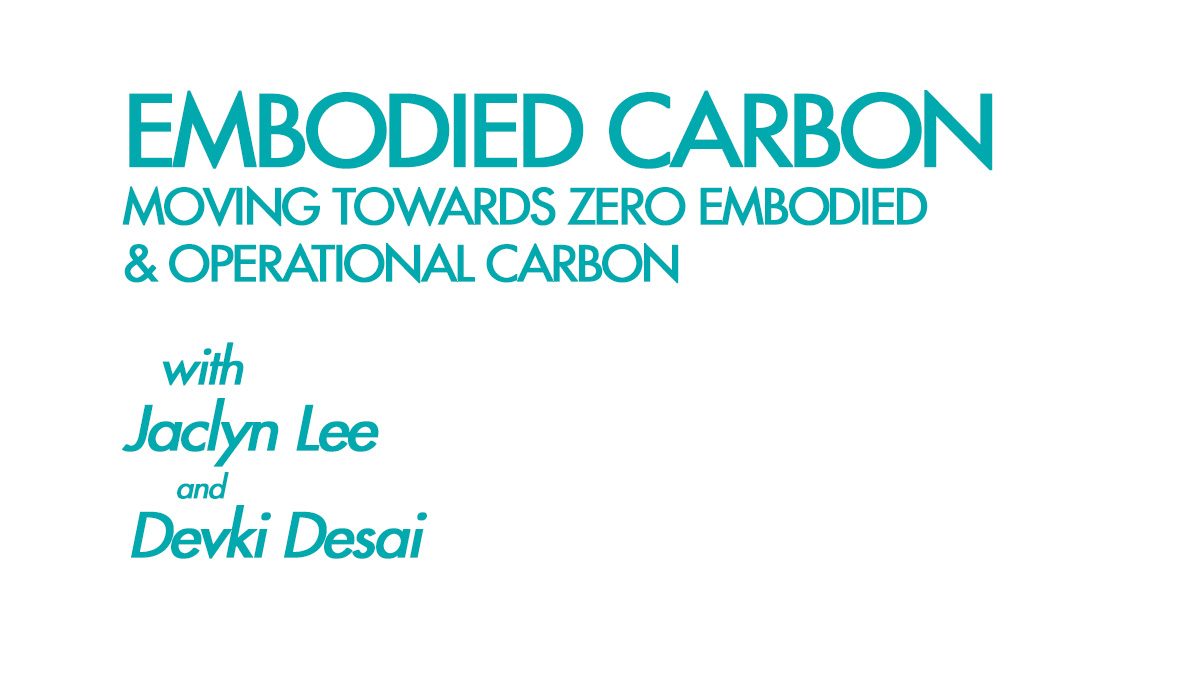Uncategorized
Embodied Carbon: Moving Towards Zero Embodied & Operational Carbon
In this presentation we will review the current approach to embodied carbon quantification at HOK on large-scale building projects across use types, the greatest contributors to building embodied carbon, and reduction strategies. Case studies include historic retrofit, early-phase comparative life-cycle analysis across structural system types, and projects illustrating the carbon breakdown between structure and enclosure. Structural and enclosure carbon will be compared for low-embodied carbon projects (retrofit) and low-operational carbon projects (net-zero). Lessons learned will inform how we can move towards zero embodied and operational carbon.
Learning Objectives:
- Carbon intensity breakdown by building system type (structure, envelope façade)
- Carbon (embodied) reduction strategies
- Insulation R-value vs embodied carbon across products
- Retrofit building embodied carbon vs. new construction
Presenters:
Jaclyn Lee is a structural engineer at HOK in San Francisco. Her work includes engineering on the Stanford Center for Academic Medicine building, health insurance office tenant improvements, construction administration and managing the net-zero embodied carbon efforts within HOK’s structural engineering department. Her recent work in the realm of net-zero embodied carbon includes conducting WBLCA on a new bio-tech building, an interiors only LCA and a government retrofitted court/office building. She also developed the Embodied Carbon Action Plan for HOK.
Professional involvement/membership in SE2050 and Carbon Leader Forum.
Devki Desai is a structural project engineer at HOK in New York. Her work includes engineering on the LaGuardia Airport, Univ. of Michigan Clinical Inpatient Tower, Emory HSRB II, and O’Hare T5 expansion design teams. Previously, Devki worked in engineering with a seismic focus at SOM in San Francisco, and in both offices has also specialized in embodied carbon reduction. Prior to joining design firms, while a National Science Foundation fellow she developed and patented Thermally Adaptive Ductile Concrete to increase building durability, reduce material quantities and reduce heating and cooling loads. Her academic background is in structural engineering, environmental science, and architecture.
Recent external lectures:
University lectures at: MIT, U Michigan, Penn State, Northeastern U, SUNY Buffalo
Professional org/other presentations: AIA COTE Philadelphia, I2SL, UM Earth Day

